“Sheet metal fabrication drawing is a valuable process for making final-use products. Accuracy in drawing aluminum ensures smooth production, efficient material use, and high-quality standard parts.”
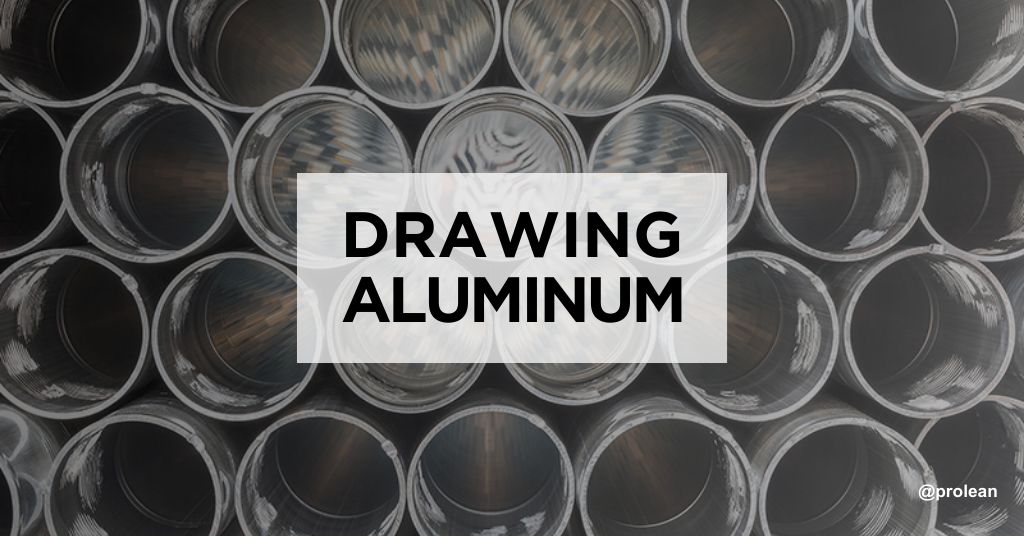
Aluminum is an extraordinary material used widely in the application of drawing process. This allows the production of solid and lightweight parts. Aluminum, moreover, is reusable and slightly lighter in weight than steel, about three times. Deep-drawn aluminum parts are gaining popularity as they are strong, light, and recyclable.
- aluminum is fragile and the cheapest metal.
- high impact and rust resistance.
- excellent strength-to-weight ratio
These peculiar characteristics make aluminum ideal for aerospace, automotive, and medical industries. This guide will focus on the aluminum sheet metal drawing process, the techniques used, the sectors that use the process, the benefits of wire drawing, and the drawbacks of the process.
What is Aluminum Deep Drawing?
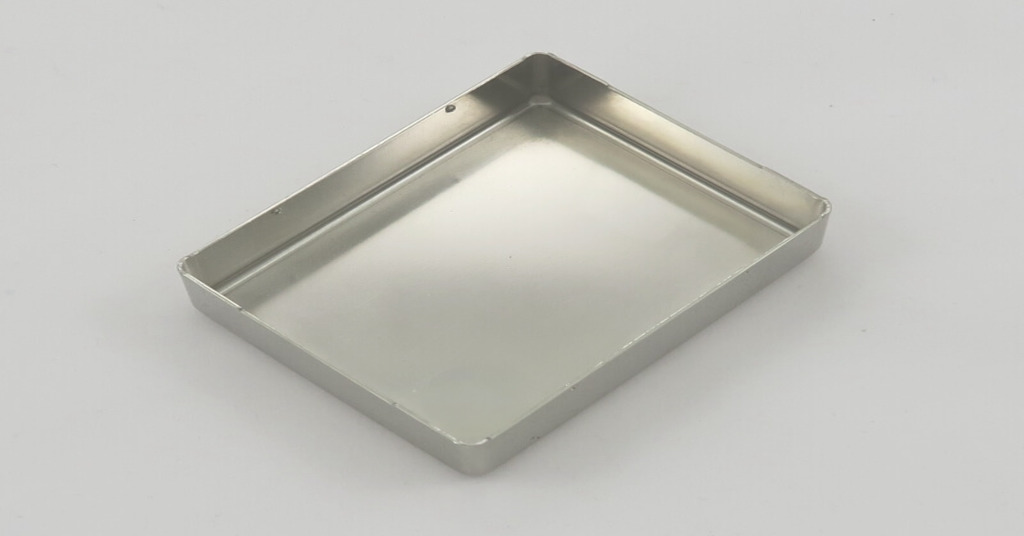
Aluminum deep drawing part
Drawing aluminum involves converting a sheet into a hollow shape, such as a cup with an open crown. This makes making accurate shapes, such as cylindrical and square, with minimal material wastage possible. Deep drawing yields products that are free from joints and thus do not corrode easily and are easy to maintain. It is suitable for use where a high degree of accuracy in dimensions and surface finish is desired. However, the process must be precise to avoid wrinkles and ensure the best quality of the product.
This process is usually carried out at room temperature and is called a cold working process. However, it can be done at a higher temperature for cables with a larger diameter, making it easier to do so.
Try Prolean Now!
Aluminum Deep Drawing Process
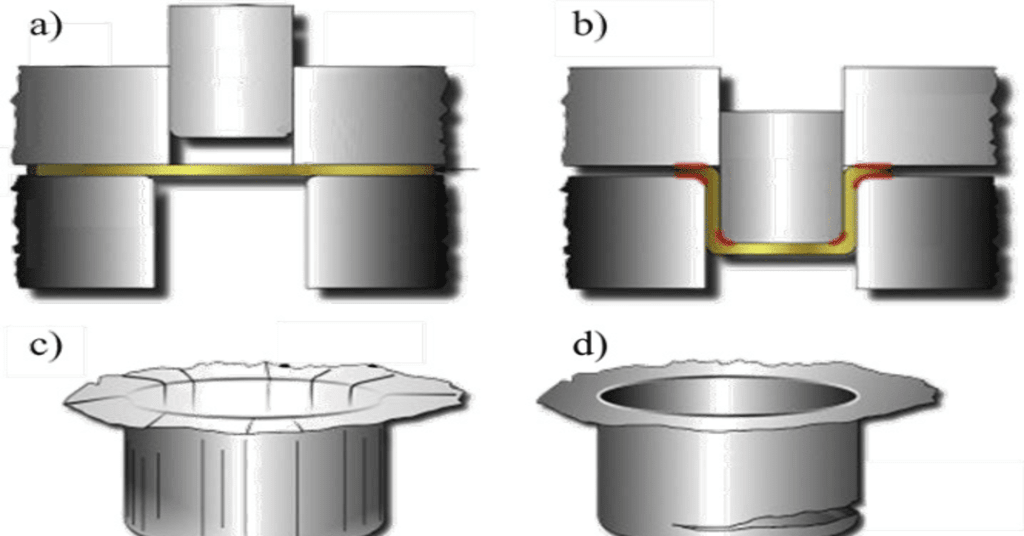
Aluminum deep drawing process
Aluminum drawing works through decreasing cross-sectional area dies to produce flexible cables. These dies can be made from diamond and tungsten carbide materials, which are the most popular in the market. The steps involved are as follows;
- Cleaning
The first step involves deburring the aluminum stock. It ensures that the draw die and the workpiece are not marred. Shot blasting or chemical etching can also clean the surface and remove scales.
- Lubrication
Lubricants minimize friction between the aluminum surface and the die during cold drawing. Oils and phosphates are some of the most well-known examples of lubricants.
- Pointing
Before the actual drawing process, the thickness of the stock is first decreased at one end through a process called pointing. This enables the aluminum sheets to pass through the draw die. Pointing can be done in three ways: bending, rolling, or swaging techniques.
- Drawing Process
In the drawing aluminum process, one end of the aluminum stock is placed in a grip that holds it in place while the other is put through a die. This is called drawing, and the process involves pulling the stock through a die, which makes it thinner and longer. Wire drawing improves the machining speed and mechanical properties. In addition, it provides better dimensional part tolerances.
- Multi-Pass Drawing
Sometimes, this wire drawing cannot be done in a single pass because of the wire profile; thus, several passes may be needed. This can be accomplished by using two or more dies with smaller holes. The material can also be annealed between the stages of drawing to minimize the amount of cold work and maximize the ductility.
- Annealing
Annealing is heating aluminum to eliminate internal tensions, soften the material, and change its properties. Depending on the required properties of the material, the annealing may be performed before, during, or after the drawing operation.
These procedures improve aluminum’s drawing process in terms of its machining efficiency, mechanical properties, and dimensional stability.
Lubrication Methods in Drawing Aluminum Process.
The aluminum drawing process must be sufficiently lubricated to ensure a longer die life and a smoother surface finish. Here are some standard lubrication techniques for the drawing process in manufacturing;
- Dry Drawing: The material is passed through a pot with dry lubricants that adhere to the aluminum stock to minimize drawing friction.
- Metal Coating: The aluminum stock is coated with a soft metal, which may be deposited from a solution such as copper sulphate. This metal coating also helps in the drawing process as it acts as a lubricant.
- Wet Drawing: To minimize friction, the aluminum stock is immersed in tanks with liquid lubricants such as oil. This method ensures that the lubricant is applied correctly and at the right time to reduce friction during drawing.
- Roll Drawing: In this method, roller dies are used, while in the traditional casting method, dies are fixed. These convert shear friction into rolling friction and thus significantly reduce the force needed to draw.
- Ultrasonic Vibration: The mandrels and dies are ultrasonically vibrated in the drawing process. This technique helps minimize the forces applied and can lead to a significant decrease in diameter.
Equipment Used in Aluminum Drawing
Aluminum drawing requires some specific equipment for optimal production of products. Some standard equipment types include;
Continuous Drawing Machines
These have several drawing dies and motorized drums that pull the wire through and precisely reduce its diameter.
Draw Dies
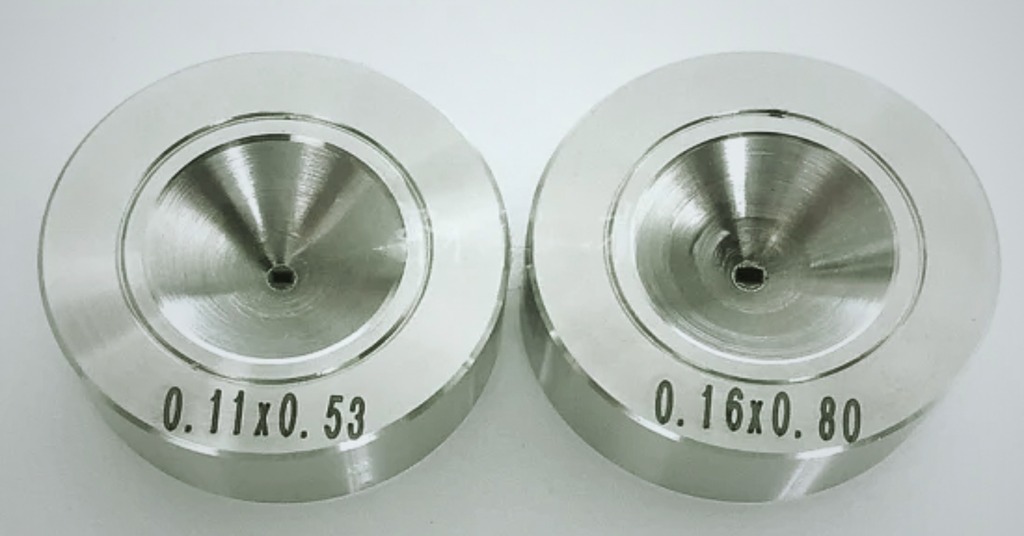
Drawing dies for aluminum
Different types of dies are employed, depending on the requirements. These include single-crystal diamond dies for smaller diameters, cast-steel dies for hot drawing, and tungsten carbide dies for support.
Cutters
These tools cut aluminum sheets to the correct size after the drawing process using variable-frequency drives and electrical line shafts.
Barrel Packer
This equipment is used to rewound processed aluminum sheets onto a barrel for transportation. It often includes a turntable and a motor in assembly.
Spoolers and Coilers
Spoolers decrease output power for wire winding, while coilers independently rewind wires along the cross-sections and offer high speed and power output.
Applications of Aluminum Drawing
Aluminum drawings are applied to electrical cables, structural members, manufacturing products like paper clips and wheel spokes, and musical instruments.
Significance of Emulsion In Aluminum Drawing
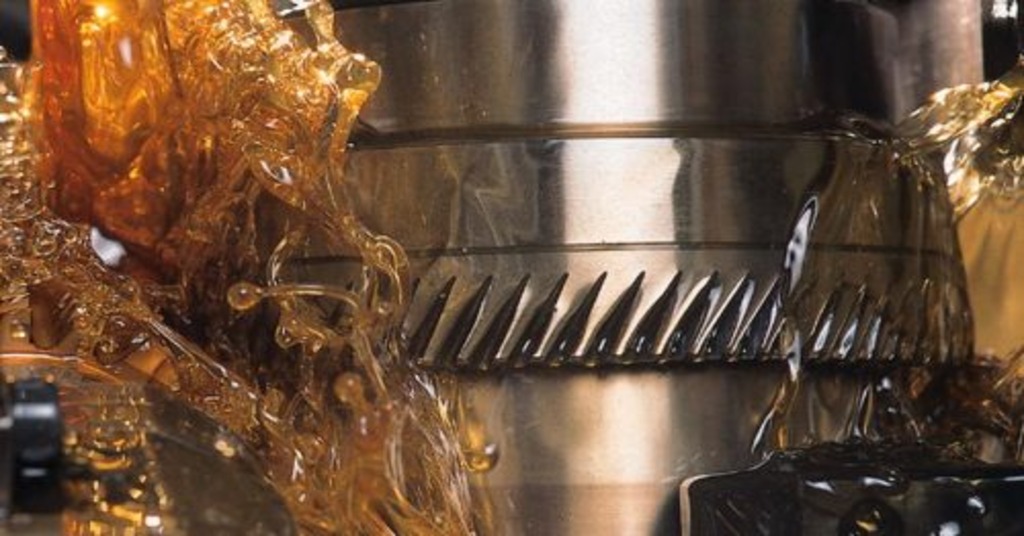
Emulsion for aluminum drawing
Emulsion plays a significant role in the aluminum drawing for various reasons. Let’s briefly discuss some common reasons.
An effective aluminum deep drawing requires emulsions. If well managed, emulsions provide high-quality parts fabrication or products that align with the required quality standards. They also keep out unnecessary particles, helping manufacturers keep the process less complicated.
Some physical properties that should be measured include the emulsion’s appearance, odor, and pH. Monitoring trends is also helpful in determining the cleanliness and effectiveness of filtration.
Emulsions are also cost-effective. They are slightly more costly initially but are economical in the long run or in bulk productions. Moreover, they are environmentally friendly and easily handled through proper ultrafiltration disposal methods. Therefore, proper emulsion management is crucial because it ensures that the aluminum drawing process is effectively done at the lowest cost possible.
Try Prolean Now!
Contact Prolean: A Leader in Deep Drawn Aluminum Manufacturing
Prolean Tech is a top maker of deep drawn aluminum parts. We carefully ensure that our parts meet exact customer needs and are delivered on time. With more than sixty years of experience in the industry, we are well-equipped to meet almost any deep-drawn stamping need, including deep-drawn aluminum parts and products. To learn more about sheet metal drawing, contact us for instant sheet metal fabrication quotes.
Summing Up
To sum up, aluminum drawings are not very complex if the procedures and guidelines are followed appropriately. This article covers crucial aspects of the following;
- Sheet metal drawing
- Emulsion role in aluminum deep drawing process.
- Benefits, application, and limitations of drawing aluminum, etc.
FAQs
Q1. What type of materials are used to make the tools for aluminum draw?
Typical instruments for aluminum drawing are typically constructed with hard materials like tungsten carbide or diamond to make them durable and precise.
Q2. Aluminum drawing is a process where a metal is forced through a die to reduce its thickness; what is the use of lubricants in this process?
Some special fluids, like oils or coatings, are applied to the metal to ease the aluminum drawing process.
Q3. What are the common deep drawing defects, and how can they be prevented?
There are several deep drawing defects that can occur when working with metals. Some of the common defects observed in deep aluminum draw parts include
- Wrinkling
- Tearing
- Thinning
They can be controlled by adjusting the process parameters, applying the proper lubricant, and equating the material thickness in the drawing process.

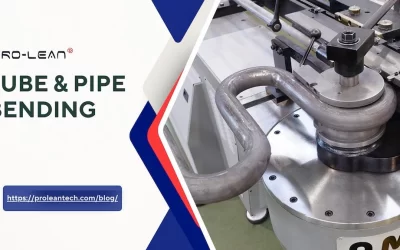
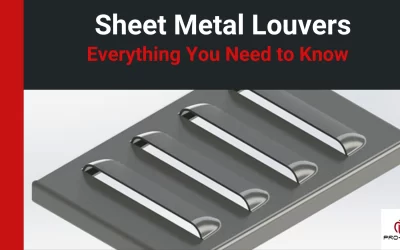
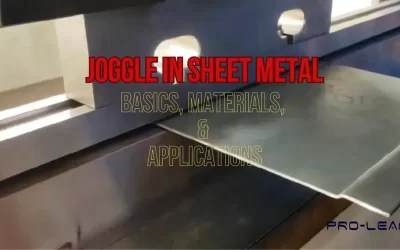
0 Comments